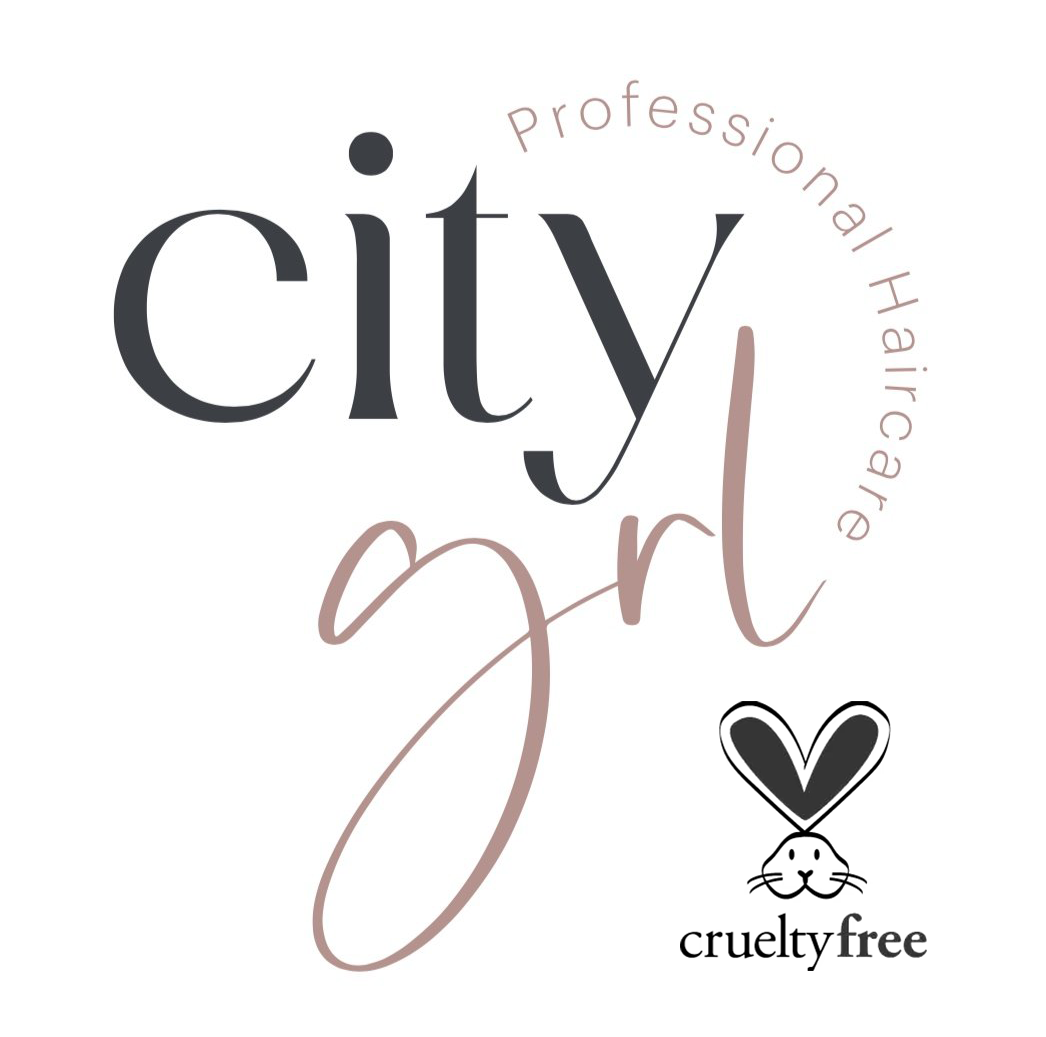Oh No! My Child Has Lice...
Is lice something that you have either heard or said? I want to let you know it is a perfectly normal thing for young children to get and pass.
SO… Where do lice come from?
Like a lice infestation, the exact estimate of how many people get head lice per year is hard to pin down.
The Centers for Disease Control and Prevention (CDC)Trusted Source estimates that there are about 6 to 12 million cases each year in the United States among children ages 3 to 11.
Since lice can only crawl and survive outside your head for 24 hours, most infestations come from direct head-to-head contact. If someone you know has lice, it’s likely they got it from a friend, family member, or stranger with whom they had close contact. Shared items like hats or brushes can also facilitate an infestation.
Common situations that can lead to the transfer of lice include:
being in school, for children
sitting in close proximity to others
sleeping in the same bed, like during slumber party
sharing combs, brushes, or towels
Almost 90 percent of moms believe they need to remove eggs (nits,) and half of moms thought they should apply multiple treatments for head lice.
The CDCTrusted Source says that complete removal of nits is unnecessary, though using a lice comb can help. And when it comes to treatment, you should use only one product at a time.
Before you totally wig out and shave your kids head, read on…
There are several prescription products that kill head lice. Always start with clean hair, but avoid using a combination shampoo-and-conditioner product before lice treatment application. In addition, you shouldn’t wash your or your child’s hair one to two days after you remove the lice medicine. Keep the application on the hair and scalp only. Follow the instructions on the package.
You won’t need to call pest control. The CDCTrusted Source says there is no need to fumigate your house or treat your pets for lice. Having lice has nothing to do with cleanliness or environment, as they don’t come from the outdoors or your pets.
Possible side effects of the prescription treatment could include:
dandruff
a burning sensation where you apply the medication
eye redness
skin, scalp, and eye irritation
Over-the-counter rememedies.
If you’re looking at over-the-counter (OTC) treatments for lice, keep an eye out for these ingredients:
Pyrethrins: This is a natural extract from chrysanthemums. It’s safe for children age 2 years and older. But this ingredient only kills live lice, not nits. You’ll need a second treatment after nine to 10 days if existing eggs have hatched. This shouldn’t be used by any individuals allergic to chrysanthemums or ragweed.
Permethrin lotion, 1 percent (Nix): This is a synthetic treatment similar to natural pyrethrins. It kills both live lice and nits. Permethrin also leaves a residue on the hair that is designed to kill any newly hatched lice arising from eggs not killed in the initial application. Shampoos and conditioners may interfere with the effectiveness of this residue, so you may need to do a second treatment after 7-10 days if live lice are seen. Permethrin is safe for children age 2 months and older. Talk to your doctor if you still see lice after full treatment. Your doctor can prescribe something stronger.
Treatments for kids the are over-the-counter.
Children younger than 2 years shouldn’t use most OTC lice-removal products, so try simply using a fine-toothed comb or a special nit comb when your child’s hair is wet. Metal combs are more effective than plastic. Repeat this combing every three to four days for no less than two weeks. Ask your pediatrician if combing should be used in conjunction with other treatments for your young child.
What to do after treatment
After each treatment, you should continue checking the hair to remove nits or lice.
Always Remember:
to remove dead or live lice with a fine-toothed comb eight to 12 hours AFTER treatment
to avoid using regular shampoo one to two days after
continue checking for 2 to 3 weeks for nits and lice
soak combs and brushes in boiling water for five to 10 minutes or trash them in a plastic garbage bag.
What if the treatment doesn’t work?
Sometimes treatment doesn’t work because lice are resistant. Other times it’s because someone didn’t follow the instructions carefully enough. OTC products don’t kill nits, so application is a matter of timing. It’s also possible for someone to become infested again. Talk to your healthcare provider if a full course of treatment doesn’t work. They’ll be able to help prescribe a different medication and recommend prevention tips.
Do natural home remedies work?
For people interested in natural home remedies, there are many options. Most alternative treatments, like olive oil, mayonnaise, or butter, don’t have enough evidence to indicate they work to suffocate lice. Some treatments like amythest oil show promise, but they may require more time and more frequent applications. Shaving the head does also get rid of lice, but it doesn’t prevent them.
If you’re looking for fast and easy results, prescription products may be a better choice. Talk to your healthcare provider to find out which treatment is the most effective, safe, and easy to use.
